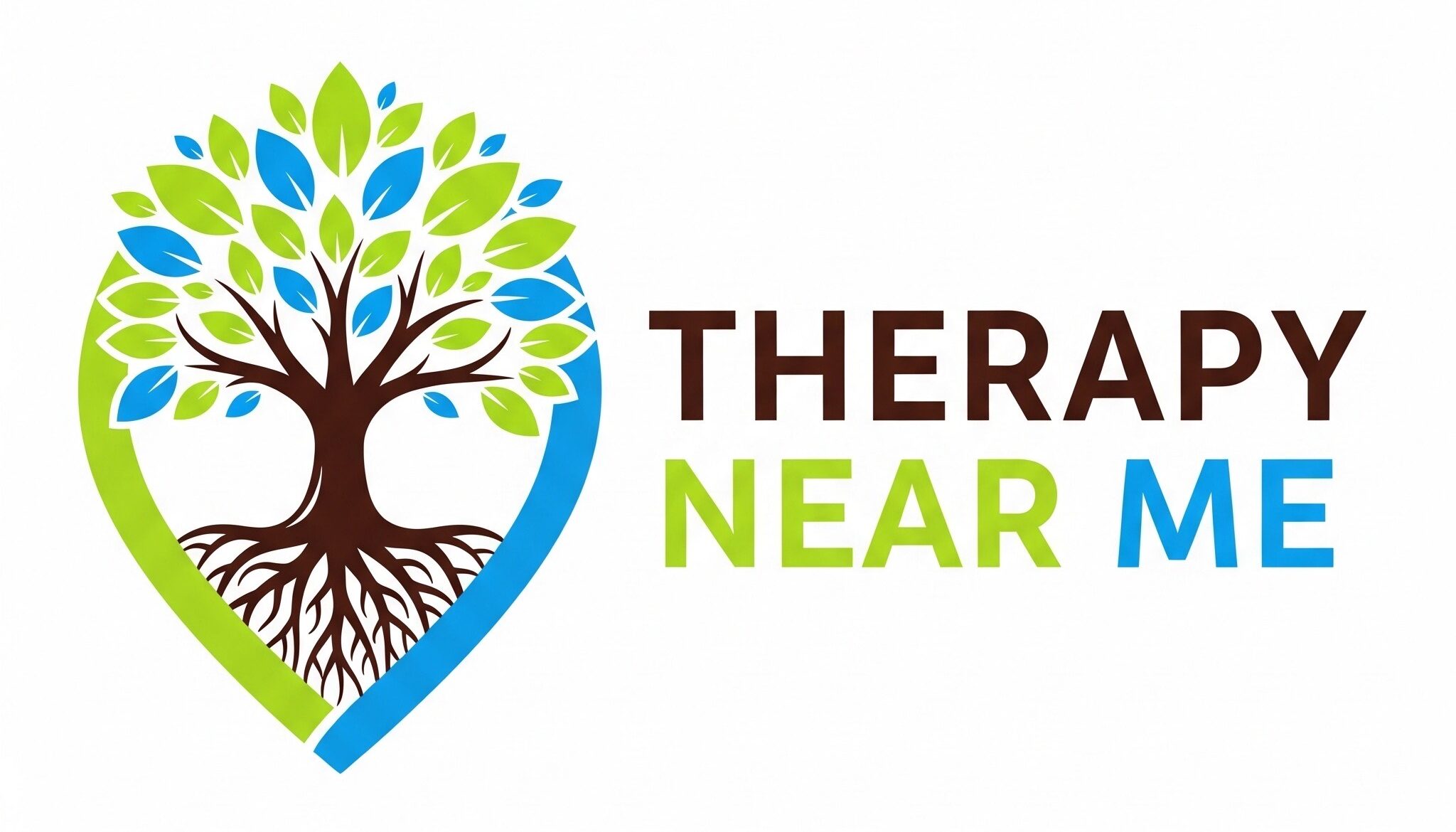A toxic working space, characterised by a negative, hostile, or harmful environment, can significantly impact employee well-being and productivity. This phenomenon has gained increasing attention in organizational psychology, highlighting the need for effective strategies to identify and address such environments. This article explores the characteristics, consequences, and remedies for a toxic working space, based on scientific research.
Characteristics of a Toxic Working Space
- Poor Communication and Management Practices: Ineffective communication, lack of transparency, and authoritarian management styles contribute to a toxic environment. Poor management practices can lead to decreased employee morale and job dissatisfaction (Boddy, 2011).
- Workplace Bullying and Harassment: Workplace bullying, including verbal, physical, or psychological abuse, is a key indicator of toxicity. Einarsen et al. (2011) noted that workplace bullying is linked to a range of psychological and physical health problems.
- Unrealistic Workloads and Expectations: Excessive workload and unrealistic expectations can lead to stress and burnout, creating a toxic atmosphere (Maslach et al., 2001).
- Lack of Support and Recognition: A lack of support from management and inadequate recognition of employee efforts can contribute to a negative working environment (Rhoades and Eisenberger, 2002).
Consequences of a Toxic Working Space
- Decreased Employee Well-being: A toxic work environment can lead to increased stress, anxiety, and depression among employees (Hauge et al., 2007).
- Reduced Productivity and Performance: Toxic environments can negatively impact employee performance, creativity, and overall productivity (Hobfoll et al., 2018).
- Increased Turnover Rates: Toxic workplaces often have high employee turnover rates, as employees are more likely to seek employment elsewhere (Griffeth et al., 2000).
Addressing and Preventing Toxicity in the Workplace
- Effective Leadership and Management Practices: Promoting positive leadership styles and open communication can help mitigate toxicity. Leaders should be trained to recognize and address negative behaviours (Skogstad et al., 2007).
- Policies Against Bullying and Harassment: Implementing strict policies against bullying and harassment and ensuring they are enforced can create a safer and more respectful work environment (Einarsen et al., 2011).
- Workload Management: Regularly reviewing and adjusting workloads to ensure they are realistic and manageable can reduce stress and prevent burnout (Maslach et al., 2001).
- Support Systems and Employee Recognition: Establishing support systems and recognizing employee achievements can foster a positive work culture (Rhoades and Eisenberger, 2002).
Conclusion
A toxic working space can have detrimental effects on both employees and organizations. Identifying the signs of toxicity and implementing effective strategies to address these issues is crucial for creating a healthy, productive, and sustainable work environment.
References
- Boddy, C. R. (2011). Corporate psychopaths, bullying and unfair supervision in the workplace. Journal of Business Ethics, 100(3), 367-379.
- Einarsen, S., Hoel, H., Zapf, D., & Cooper, C. L. (2011). The concept of bullying and harassment at work: The European tradition. In Bullying and harassment in the workplace (pp. 3-40). CRC Press.
- Maslach, C., Schaufeli, W. B., & Leiter, M. P. (2001). Job burnout. Annual Review of Psychology, 52(1), 397-422.
- Rhoades, L., & Eisenberger, R. (2002). Perceived organizational support: A review of the literature. Journal of Applied Psychology, 87(4), 698-714.
- Hauge, L. J., Skogstad, A., & Einarsen, S. (2007). Relationships between stressful work environments and bullying: Results of a large representative study. Work & Stress, 21(3), 220-242.
- Hobfoll, S. E., Halbesleben, J., Neveu, J. P., & Westman, M. (2018). Conservation of resources in the organizational context: The reality of resources and their consequences. Annual Review of Organizational Psychology and Organizational Behavior, 5, 103-128.
- Griffeth, R. W., Hom, P. W., & Gaertner, S. (2000). A meta-analysis of antecedents and correlates of employee turnover: Update, moderator tests, and research implications for the next millennium. Journal of Management, 26(3), 463-488.
- Skogstad, A., Einarsen, S., Torsheim, T., Aasland, M. S., & Hetland, H. (2007). The destructiveness of laissez-faire leadership behavior. Journal of Occupational Health Psychology, 12(1), 80.
How to get in touch
If you or your patient/NDIS clients need immediate mental healthcare assistance, feel free to get in contact with us on 1800 NEAR ME – admin@therapynearme.com.au.
Discover more from Therapy Near Me
Subscribe to get the latest posts sent to your email.






